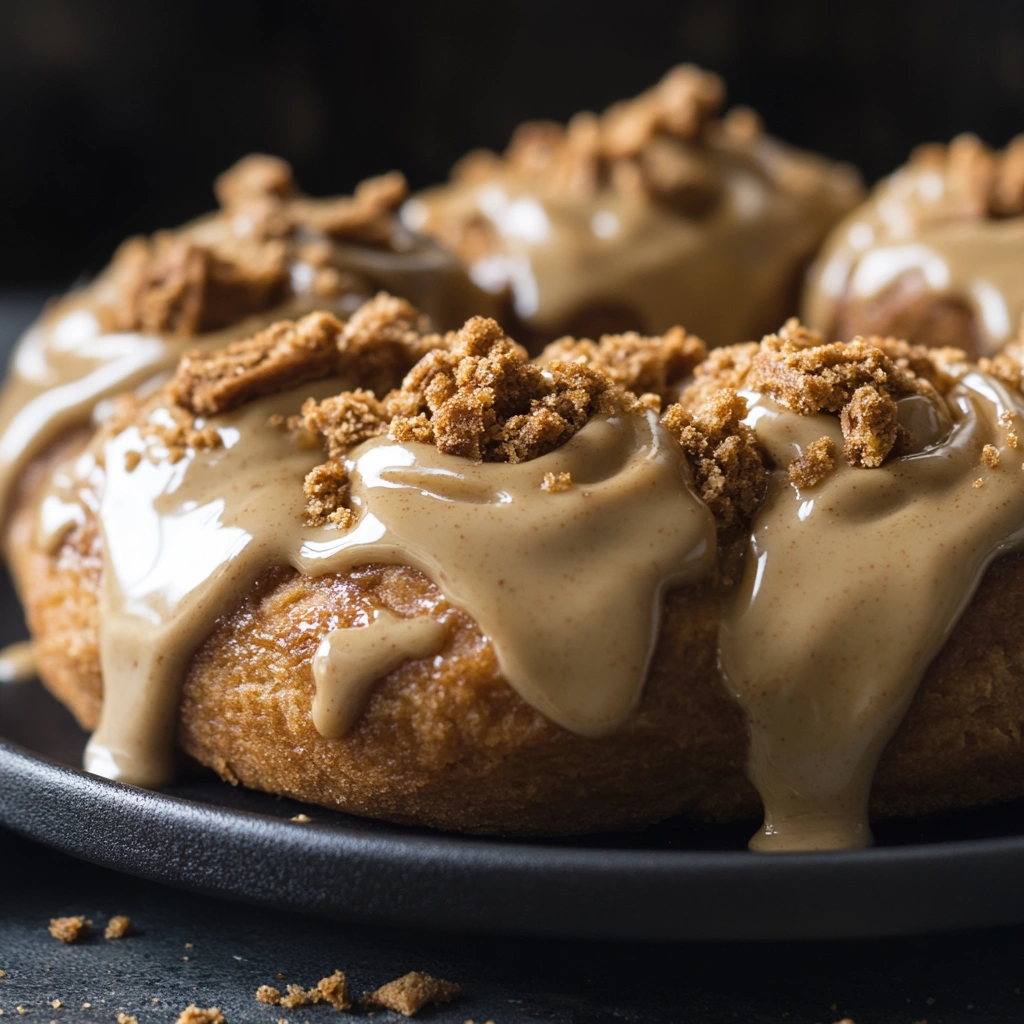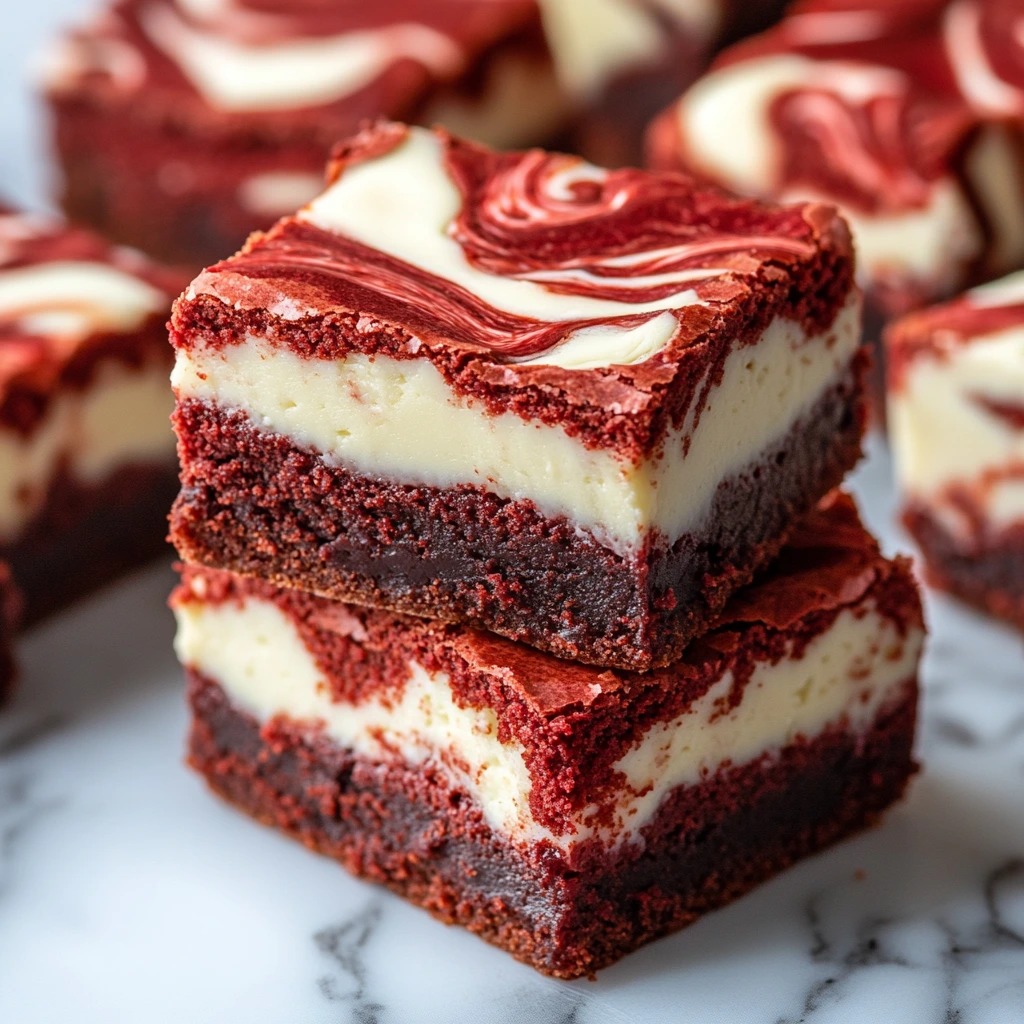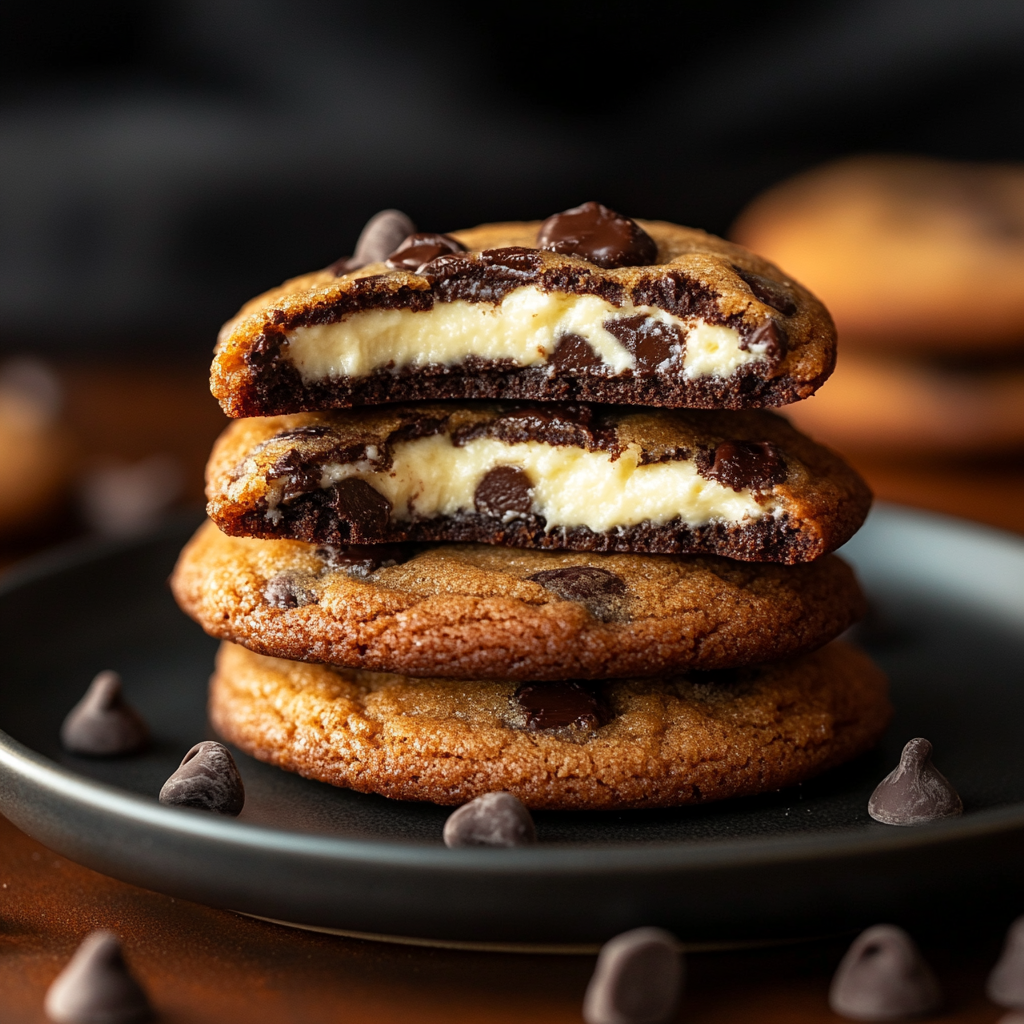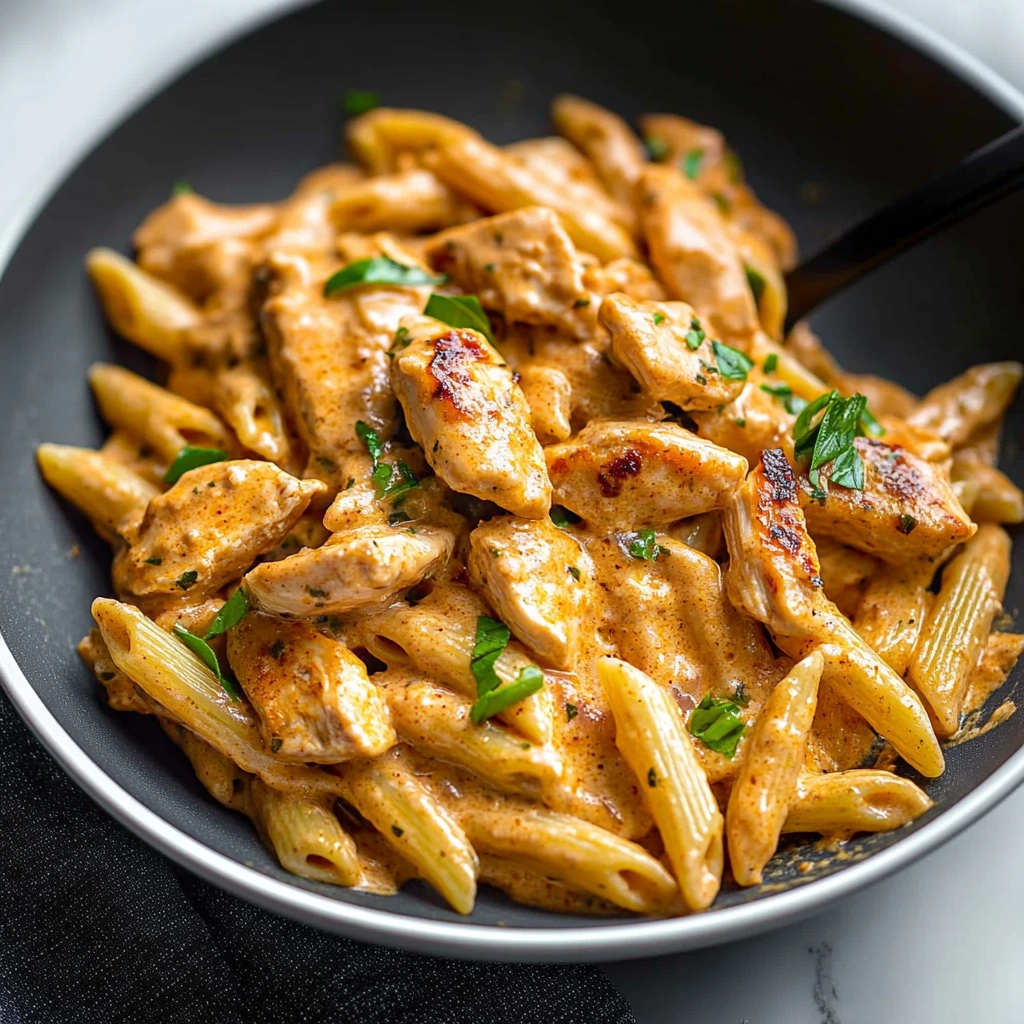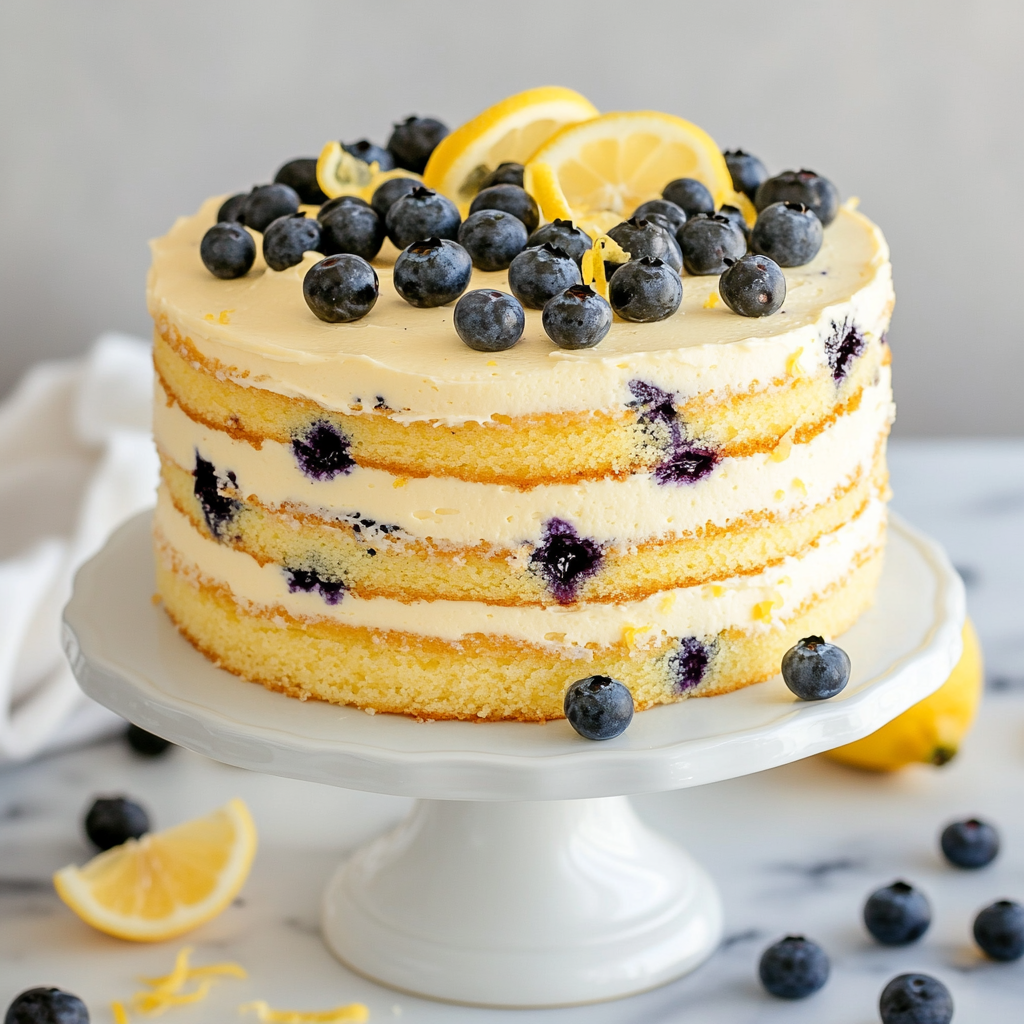If you’re a fan of cinnamon rolls and obsessed with Biscoff cookie butter, then get ready to meet your new favorite treat. These Biscoff Cookie Butter Cinnamon Rolls take everything you love about the classic cinnamon roll—pillowy soft dough, a warm cinnamon-sugar filling, and rich frosting—and elevate it with the bold, spiced caramel flavor of Biscoff spread. The result? A gooey, indulgent pastry that tastes like it came straight from a high-end bakery, but is totally doable in your own kitchen.
Biscoff, known for its signature speculoos cookies, has become a viral sensation in the baking world. Its creamy cookie butter spread is rich, slightly spiced, and has a deep caramelized flavor that pairs perfectly with cinnamon. When you swirl it into soft dough and top it off with a cookie butter glaze, it transforms the traditional cinnamon roll into something uniquely decadent.
What makes this recipe so popular isn’t just the flavor—it’s the experience. These rolls are soft, sweet, spiced, and gooey in all the right ways. They’re the kind of dessert (or breakfast—we won’t judge) that people can’t help but post about on Pinterest or TikTok. Whether you’re baking for a weekend brunch, a holiday morning, or simply because your sweet tooth called, these Biscoff rolls are sure to steal the show.
In this guide, you’ll learn exactly how to make them from scratch, with simple ingredients, step-by-step instructions, and tips for getting that bakery-worthy texture at home. Plus, we’ll cover glaze options, storage advice, and answers to all your cookie butter questions.
Let’s get baking—and prepare for your kitchen to smell absolutely heavenly.
What Is Biscoff Cookie Butter?
Biscoff cookie butter is a smooth, creamy spread made from crushed Biscoff cookies—also known as speculoos, a spiced shortbread biscuit originating from Belgium. These cookies are known for their deep caramel flavor, warm spices like cinnamon and nutmeg, and irresistible crunch. When ground into a paste with added oils and sweeteners, they become a rich, spreadable butter with a texture similar to peanut butter or Nutella.
The most well-known brand behind cookie butter is Lotus Biscoff, and their signature spread has gained a cult following around the world. It’s completely nut-free and often used as a topping for toast, pancakes, or fruit—but it really shines in baked goods like cheesecakes, brownies, and of course, cinnamon rolls.
What makes Biscoff cookie butter special is its unique flavor profile: sweet, spiced, slightly caramelized, and buttery all at once. It’s both comforting and complex, making it the perfect addition to cinnamon rolls, where it enhances the warmth of the cinnamon and adds a luscious richness to the filling.
Whether you’re new to Biscoff or already addicted, using cookie butter in this recipe is a total game-changer—and one spoonful might just lead to a lifelong obsession.
Ingredients Overview
Before you start baking your Biscoff cookie butter cinnamon rolls, let’s go over all the ingredients you’ll need. This recipe is made with simple pantry staples, but the addition of cookie butter and Biscoff cookies adds an extra level of flavor and indulgence.
For the Dough:
-
All-purpose flour – Forms the base of the dough; make sure to measure correctly.
-
Active dry yeast – Helps the dough rise and become fluffy.
-
Whole milk – Warmed to activate the yeast; can be substituted with plant-based milk.
-
Granulated sugar – Adds sweetness and helps feed the yeast.
-
Eggs – Provide structure and richness.
-
Unsalted butter – Softened; adds flavor and tenderness.
-
Salt – Enhances flavor and balances sweetness.
For the Filling:
-
Biscoff cookie butter – The star of the show; creamy and spiced.
-
Brown sugar – Deep, molasses-like sweetness that pairs beautifully with cookie butter.
-
Ground cinnamon – Boosts the classic cinnamon roll flavor.
-
Crushed Biscoff cookies – Add crunch and extra cookie flavor.
For the Glaze:
-
Powdered sugar – Base for a smooth glaze.
-
More Biscoff spread – For that signature cookie butter finish.
-
Milk or heavy cream – To thin the glaze to your desired consistency.
Optional Add-ins:
-
Cream cheese (for tangy glaze)
-
Vanilla extract (for extra depth)
-
Chocolate chips or chopped nuts (for a twist)
These ingredients come together to create rolls that are soft, gooey, and packed with caramel-cinnamon flavor. Most of them are easy to find at any grocery store, and once you’ve got them, you’re ready to dive into dough-making!
How to Make the Dough
Making soft, pillowy dough is the foundation of great cinnamon rolls. Don’t worry—it’s easier than it sounds!
Step 1: Warm the Milk
Gently warm 1 cup of whole milk until it’s around 100–110°F (lukewarm). Too hot and it can kill the yeast; too cold and it won’t activate.
Step 2: Activate the Yeast
In a large bowl or stand mixer, combine the warm milk with 2 ¼ tsp active dry yeast and 1 tablespoon sugar. Let sit for 5–10 minutes until foamy.
Step 3: Add Wet Ingredients
Mix in 2 eggs (room temperature), ¼ cup melted butter, and ¼ cup sugar. Stir until well combined.
Step 4: Add Dry Ingredients
Gradually add 4 cups all-purpose flour and ½ tsp salt. Mix with a dough hook (or by hand) until a soft dough forms. If it’s too sticky, add a tablespoon of flour at a time.
Step 5: Knead the Dough
Knead for 6–8 minutes until smooth and elastic. The dough should be tacky but not sticky.
Step 6: First Rise
Place the dough in a greased bowl, cover with a towel or plastic wrap, and let it rise in a warm area for 1 to 1.5 hours, or until doubled in size.
This dough is soft, rich, and perfect for holding all that delicious Biscoff filling.
Preparing the Cookie Butter Filling
The heart of these cinnamon rolls lies in the gooey, flavorful filling. Here’s how to make it truly irresistible.
Ingredients:
-
½ cup Biscoff cookie butter
-
½ cup brown sugar
-
1 tablespoon ground cinnamon
-
⅓ cup crushed Biscoff cookies (optional but recommended)
Step-by-Step:
-
In a small bowl, combine cookie butter, brown sugar, and cinnamon. Stir until it forms a thick, spreadable paste. If your cookie butter is too firm, microwave it for 15–20 seconds to soften.
-
For extra texture and flavor, mix in crushed Biscoff cookies. This adds a subtle crunch and reinforces that caramel-spice flavor.
When you spread this filling onto the dough, it will melt into every layer as it bakes, creating that gooey center everyone loves. Make sure to spread it evenly to the edges so every bite is flavorful.
You can also experiment by adding:
-
A pinch of nutmeg or ginger for extra warmth
-
Mini chocolate chips for a Biscoff-chocolate combo
Now your filling is ready—next up: rolling, slicing, and the final proof!
Rolling, Cutting, and Second Rise
This is where the magic happens—rolling up your dough and getting those beautiful spiral swirls.
Step 1: Roll Out the Dough
On a floured surface, roll your risen dough into a large rectangle, about 16 x 12 inches. Try to keep it evenly thick throughout.
Step 2: Spread the Filling
Evenly spread the Biscoff filling over the dough, using a spatula or the back of a spoon. Make sure it reaches all edges for maximum flavor.
Step 3: Roll It Up
Starting from the long edge, tightly roll the dough into a log. Go slow to keep the roll firm and even.
Step 4: Cut Into Rolls
Use a sharp knife or unflavored dental floss to slice the roll into 12 even pieces. Floss helps keep the rolls round and intact.
Step 5: Second Rise
Place the rolls into a greased 9×13 baking dish, leaving a little space between each one. Cover loosely and let them rise for 30–45 minutes, until puffy and nearly doubled in size.
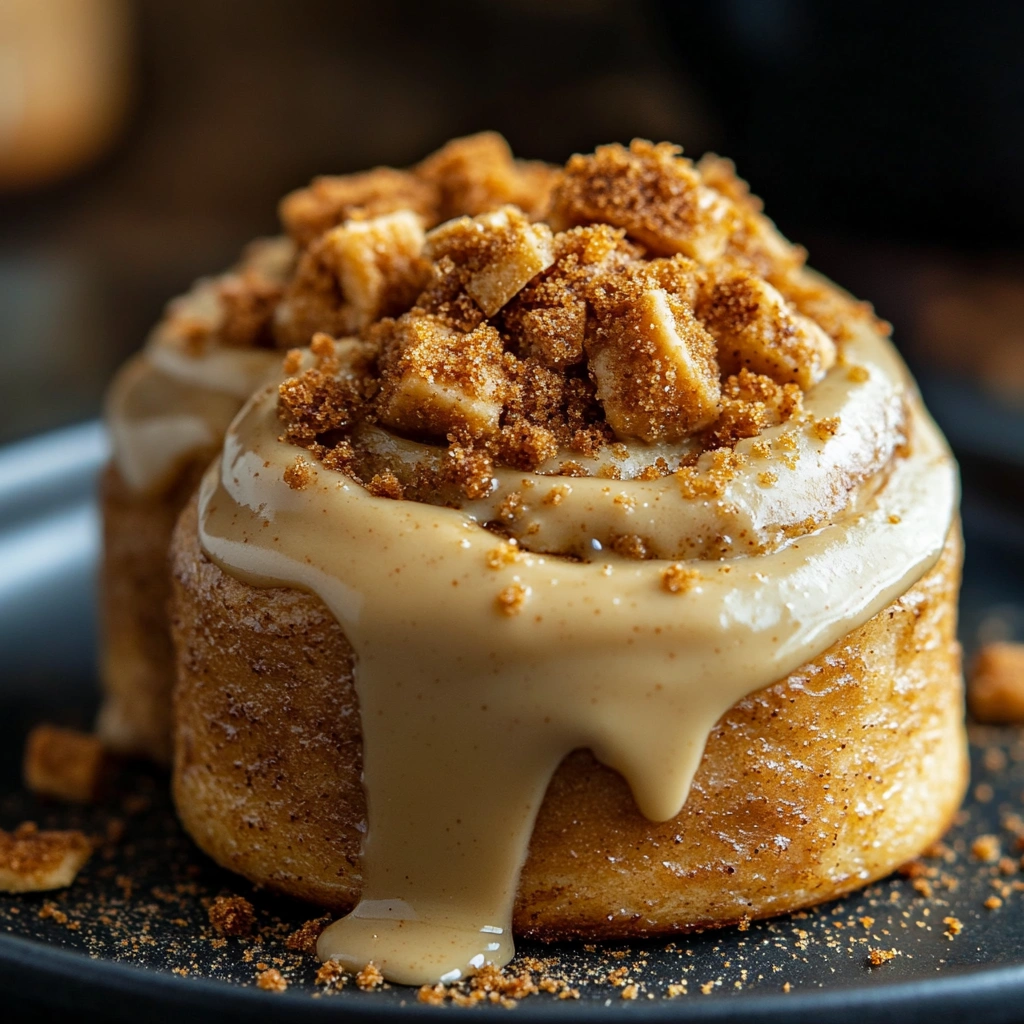
Baking the Rolls to Perfection
Now it’s time to turn all your hard work into golden, gooey Biscoff cinnamon rolls.
Preheat Your Oven:
Set your oven to 350°F (175°C) while the rolls finish rising. This ensures it’s hot and ready when the rolls go in.
Baking Instructions:
-
Bake the rolls for 22–25 minutes or until the tops are golden brown and the centers are just set.
-
If the tops are browning too fast, loosely cover the pan with foil during the last 5–7 minutes to prevent over-baking.
How to Know They’re Done:
-
The edges should be lightly golden and slightly firm.
-
The center rolls should be soft but not doughy.
-
An internal temp of 190–200°F ensures a perfect bake.
Avoid over-baking, which can lead to dry rolls. Remember—they’ll continue to set as they cool slightly.
Optional: Baste with Butter
Right out of the oven, brush the tops with melted butter for extra shine and softness. It also helps the glaze stick better.
Now you’re ready for the final (and most fun) step—drizzling on that rich Biscoff glaze and digging in!
Making the Biscoff Glaze
The glaze is the final touch that brings everything together—melty, sweet, and full of Biscoff flavor. You can go with a simple drizzle or a thick, spreadable layer depending on your preference.
Ingredients:
-
1 cup powdered sugar
-
3 tablespoons Biscoff cookie butter
-
2–3 tablespoons milk or heavy cream
-
Optional: ½ teaspoon vanilla extract or a spoonful of cream cheese for tang
Instructions:
-
In a small bowl, whisk together powdered sugar and cookie butter until thick and smooth.
-
Slowly add milk or cream, one tablespoon at a time, until you reach your desired consistency. For a pourable glaze, add more liquid; for a thicker frosting-style topping, use less.
-
(Optional) Stir in vanilla extract or cream cheese for added depth and a slight tang to balance the sweetness.
Drizzle the glaze over your warm rolls straight from the oven for a glossy, gooey effect, or wait until they cool slightly for a thicker topping.
Pro tip: Warm the glaze for 10 seconds in the microwave before drizzling for an extra silky finish.
This glaze seeps into the swirls and pools between the rolls, giving every bite that rich cookie butter flavor. It’s truly the cherry on top of this decadent treat.
Serving Suggestions & Variations
These Biscoff cinnamon rolls are showstoppers on their own, but here are some fun ways to serve and customize them:
Serving Ideas:
-
Serve warm for maximum gooeyness—either fresh out of the oven or reheated briefly.
-
Drizzle with extra warm cookie butter for a bakery-style finish.
-
Sprinkle crushed Biscoff cookies on top of the glaze for a crunchy texture.
-
Pair with a hot latte, chai tea, or cold brew for the perfect brunch combo.
Variations:
-
Mini Biscoff Rolls: Cut the dough into smaller pieces and bake in a muffin tin for bite-sized treats.
-
Cream Cheese Glaze: Add 2 oz softened cream cheese to the glaze for a tangier, richer flavor.
-
Chocolate Chip Biscoff Rolls: Sprinkle mini chocolate chips over the filling before rolling for a chocolate-caramel twist.
-
Vegan Version: Use plant-based milk, vegan butter, and a dairy-free glaze. Biscoff spread is naturally vegan!
-
Overnight Rolls: Prepare up to the second rise, then cover and refrigerate overnight. Let come to room temp and rise slightly before baking in the morning.
These rolls are perfect for brunches, birthdays, holidays, or anytime you want to impress. Whether you’re baking for guests or just treating yourself, they’re guaranteed to be a hit.
Storage & Reheating Tips
Let’s keep those Biscoff cinnamon rolls fresh and delicious, even after baking!
Storage:
-
Store cooled rolls in an airtight container at room temperature for up to 2 days.
-
For longer storage, keep in the refrigerator for up to 5 days, though reheating is key to bringing them back to life.
Freezing:
-
Freeze unglazed rolls (baked or unbaked) for up to 2 months.
-
If freezing after baking, let them cool completely first. Wrap individually or place in a freezer-safe container.
-
When ready to eat, thaw overnight in the fridge, then reheat and glaze.
Reheating:
-
Microwave individual rolls for 20–30 seconds for a warm, gooey center.
-
Reheat multiple rolls in the oven at 300°F (150°C) for 10–15 minutes, loosely covered with foil to retain moisture.
Tip: Add a small glass of water in the microwave to keep rolls soft while heating.
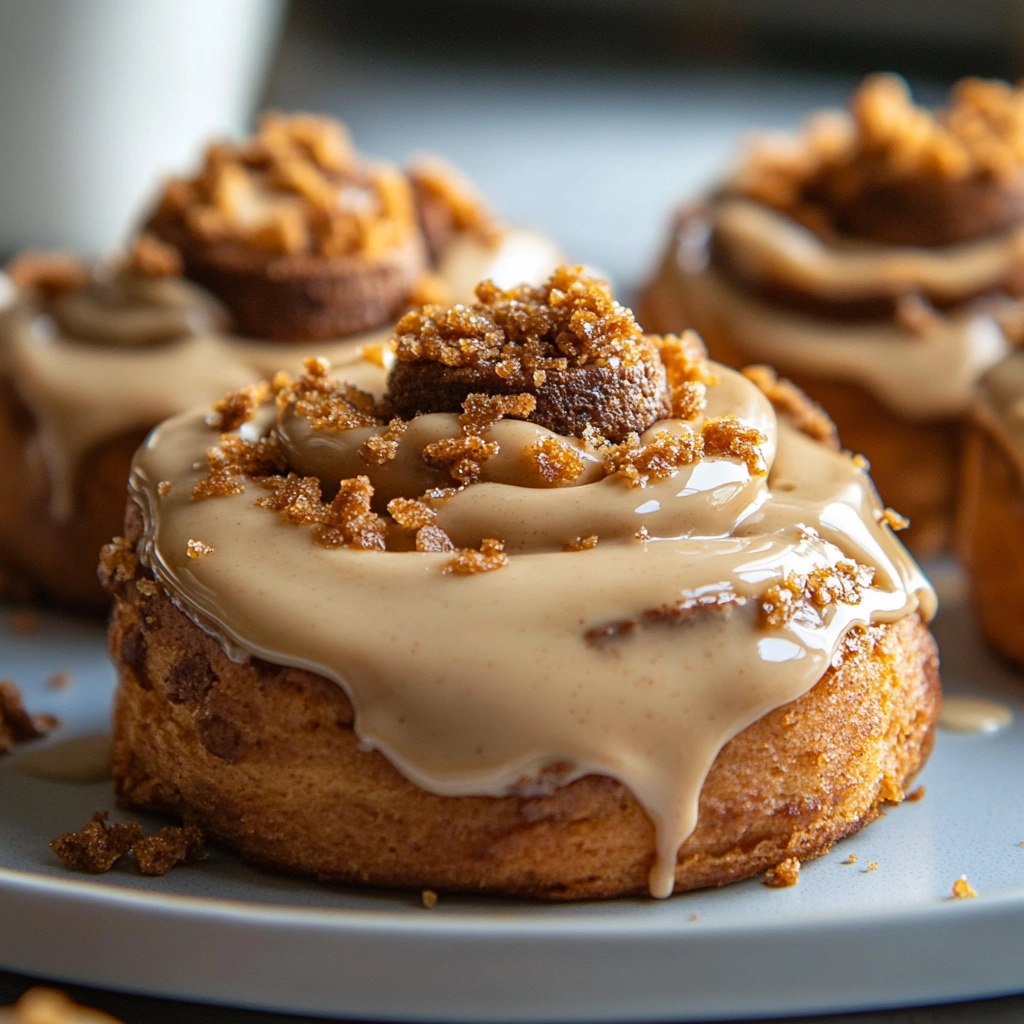
Troubleshooting Common Issues
Baking cinnamon rolls can be a labor of love, but even experienced bakers run into snags. Here’s how to fix the most common issues:
1. Dough Didn’t Rise
-
Cause: Yeast may be old or the milk was too hot.
-
Fix: Always use fresh active yeast and keep your liquid between 100–110°F. Allow the dough to rise in a warm, draft-free area.
2. Dry Rolls
-
Cause: Overbaking or not enough filling.
-
Fix: Check rolls at the 20-minute mark. Also, make sure the filling is spread generously and evenly. Don’t skimp on glaze!
3. Rolls Spread Too Much
-
Cause: Dough may have been too soft, or second rise was too long.
-
Fix: Chill the rolled log for 10–15 minutes before slicing for sharper swirls. Watch the second proofing carefully.
4. Filling Leaked Out
-
Cause: Rolling too loosely or overfilling.
-
Fix: Roll tightly, and avoid overloading the edges with filling. A little leakage is normal and adds to the gooey base.
5. Glaze Too Thin or Too Thick
-
Fix: Adjust milk or powdered sugar 1 tsp at a time to reach the perfect consistency.
Remember, cinnamon rolls are forgiving! Even if they’re a little messy, they’ll still taste incredible. Baking is all about experimenting, so trust the process and tweak as needed.
Why These Rolls Go Viral on Pinterest & TikTok
There’s a reason why Biscoff cinnamon rolls are blowing up on Pinterest and TikTok—they check all the boxes for viral-worthy content.
Aesthetic Appeal:
From their golden-brown swirl to the gooey cookie butter drizzle, these rolls are visually irresistible. A warm pan of fresh-baked rolls pulling apart with a glaze drip? Instant share-worthy content.
Trend-Driven Ingredients:
Biscoff spread is a cult favorite and a trending ingredient in the dessert world. Anything with “cookie butter” tends to draw in curious foodies, especially on social media.
Satisfying Process:
Videos showing the dough being rolled, the filling being spread, and that final slow-motion drizzle? Pure ASMR satisfaction. It’s an experience that begs to be watched on loop.
Relatable and Doable:
These rolls look luxurious but use everyday ingredients and approachable methods, making them ideal for home bakers and content creators alike.
With the perfect combo of comfort food, trending ingredients, and visual magic, it’s no wonder these rolls keep popping up on everyone’s For You Page and Pinterest boards.
FAQs (Frequently Asked Questions)
1. Can I make these cinnamon rolls ahead of time?
Yes! After rolling and cutting, place the unbaked rolls in a greased baking dish, cover, and refrigerate overnight. In the morning, let them sit at room temperature for 30–45 minutes before baking.
2. Can I use store-bought or canned dough?
You can, but the flavor and texture won’t be as rich. If you’re short on time, using crescent roll dough or pizza dough is a quick alternative—but homemade dough is worth it.
3. Is Biscoff cookie butter the same as peanut butter?
Not at all! Biscoff is made from speculoos cookies and is completely nut-free. It has a spiced, caramel-like flavor and a smooth, creamy texture similar to nut butters.
4. Can I make these rolls dairy-free or vegan?
Yes! Use plant-based milk (like almond or oat), vegan butter, and skip eggs or use an egg replacer. Biscoff spread is naturally dairy-free and vegan-friendly.
5. How do I keep the rolls soft after baking?
Store them in an airtight container and avoid overbaking. Brushing with melted butter after baking and adding a generous glaze helps lock in moisture.
6. Can I freeze these cinnamon rolls?
Absolutely. Freeze unglazed baked rolls for up to 2 months. Reheat in the oven or microwave and glaze fresh.
7. Can I make this recipe gluten-free?
You can try using a 1:1 gluten-free flour blend, but results may vary depending on the brand. Add a bit more moisture to the dough and expect a slightly different texture.
Conclusion + Call to Action
There you have it—gooey, spiced, sweet, and totally irresistible Biscoff Cookie Butter Cinnamon Rolls that are sure to become a new favorite. With simple ingredients and big flavor, they’re perfect for brunch, dessert, or anytime you want to impress.
If you try this recipe, don’t forget to snap a photo and tag it on Instagram or Pinterest. Your swirls deserve to be shown off! Got questions or variations to share? Drop them in the comments below—we’d love to hear how your Biscoff creations turn out.
Happy baking, and enjoy every melty, delicious bite!
Print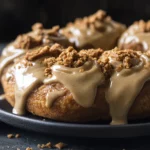
Biscoff Cookie Butter Cinnamon Rolls
Description
These Biscoff Cookie Butter Cinnamon Rolls are the ultimate upgrade to your classic cinnamon roll recipe! Soft, fluffy homemade dough is filled with a rich Biscoff cookie butter filling, spiced with cinnamon, and topped with a creamy Biscoff glaze. Every bite is gooey, sweet, and filled with warm caramel-cookie flavor. Perfect for breakfast, brunch, dessert, or anytime you’re craving a cozy treat with a twist. Bonus: they’re freezer-friendly and totally Instagram-worthy!
Ingredients
Cinnamon Roll Dough
- ½ cup (118.29 ml) milk warm
- ¼ cup (50 g) granulated sugar
- 1 tablespoon yeast I use active dry yeast
- 2 large eggs room temp
- 6 tablespoons butter softened
- 1 teaspoon salt
- 2½-3 cups (312.5 g) bread flour all-purpose can be used also
Filling
- 3 tablespoons butter softened
- ½ cup (110 g) light brown sugar
- 1 tablespoon cinnamon
- ½ cup (118.29 g) biscoff cookie butter spread warmed in the microwave 20-30 seconds
- 4 tablespoons butter softened
- 1 teaspoons (1 teaspoon) vanilla
- ⅓ cup (78.86 g) biscoff cookie butter spread
- 1 cup (120 g) powdered sugar
- 2 tablespoons (2 tablespoon) cream or milk
- pinch of salt
Instructions
Cinnamon Rolls
- Pour milk, sugar and yeast into a large mixing bowl, stir together with a wooden spoon or dough whisk and let sit 10-15 minutes or until yeast is bubbly. Add butter and eggs and mix together again.
-
Add salt and 2 cups of flour and mix. Continue adding flour in ½ cup increments until dough forms a ball and pulls away from sides of the bowl.
-
Pour dough out onto a floured surface and knead for 3- 5 minutes, incorporating more flour if needed. Dough should not be sticky, but more of a soft and tacky feel. Place dough in greased bowl, cover with a cloth and let rise until doubled in size, about 1½ hours.
-
Punch dough down and roll onto a floured surface. I try for a rectangle thats about 14×18. Spread the room temperature butter into a thin and even layer, leaving about ½ inch on the bottom of the dough untouched so it can hold together.
-
Sprinkle with the brown sugar, being careful not to tear the dough while you spread it. Then top with cinnamon, followed by drizzling the biscoff spread.
-
Working from the long 18 inch end of the dough, tightly roll it up into a log. Place your hands at each end of the side and give it a gentle squeeze to help compact the dough. It may have stretched out a bit during the rolling process so this brings it back together.
-
Cut the dough into 12 rolls total with dental floss or a knife. I like to make little markings first to help make sure they are all about the same size. Place the rolls in a greased 9×13 pan (you could also use two 9″ round pans, placing 6 rolls in each). It’s OK if the rolls are touching.
-
Place in a warm spot, cover and let rise again until doubled in size. This takes about 45-60 minutes depending on how warm it is. You can always put them in your oven with the light on to help with warmth, but make sure you take them out to preheat your oven.
-
Preheat oven to 375 F. Bake for 14-18 minutes or until the tops are a light golden brown. While they cool, make the glaze.
- Beat your butter, biscoff spread and vanilla together until smooth. Add in powdered sugar, milk and pinch of salt and mix until desired consistency. You might need to add a little bit more powdered sugar or milk to get your glaze as thin or thick as you’d like.
- Let rolls cool a bit, then top with the glaze when they are still slightly warm. Sprinkle with little bits of biscoff cookies if you have them on hand.
Notes
-
Biscoff Spread: You can use any brand of cookie butter, but Lotus Biscoff spread is the classic. Use the creamy version for easy spreading.
-
Make Ahead Tip: After cutting the rolls, you can refrigerate them overnight and bake the next morning. Let them sit at room temp for 30–45 minutes before baking.
-
Freezing Instructions: Freeze baked (unglazed) rolls in an airtight container for up to 2 months. Thaw overnight in the fridge and reheat before adding glaze.
-
Vegan/Dairy-Free Option: Use plant-based milk and butter. Biscoff spread is already vegan!
-
Crushed Biscoff Cookies: Optional, but highly recommended for extra flavor and crunch in the filling or sprinkled on top of the glaze.
-
Troubleshooting: If your dough doesn’t rise, check that your yeast is fresh and the milk wasn’t too hot (ideal temp: 100–110°F).
-
Glaze Thickness: Adjust with more powdered sugar (to thicken) or milk (to thin) until your desired consistency is reached.
-
Serving Tip: These are best served warm. Reheat in the microwave for 20–30 seconds to bring back that gooey texture.


